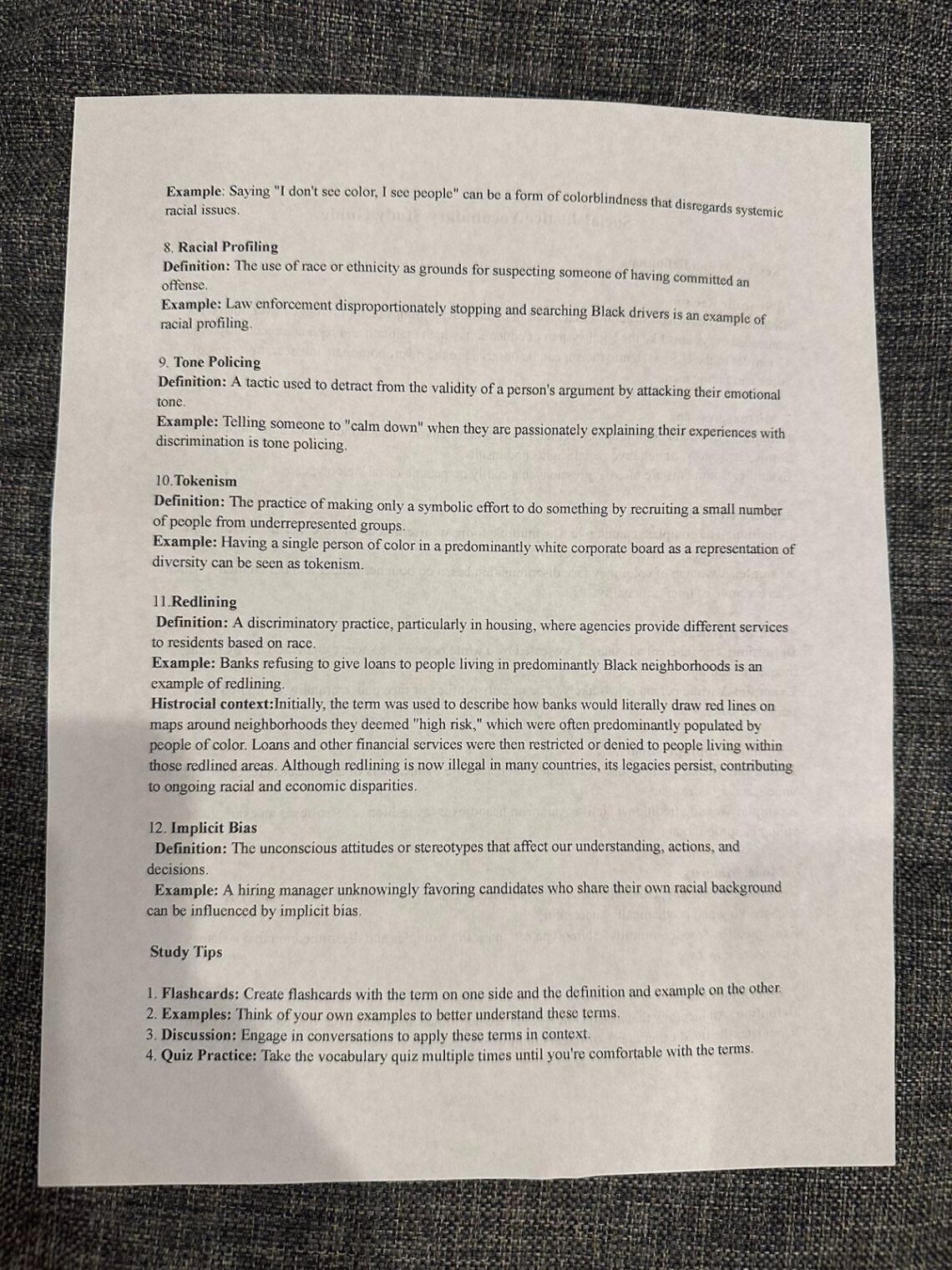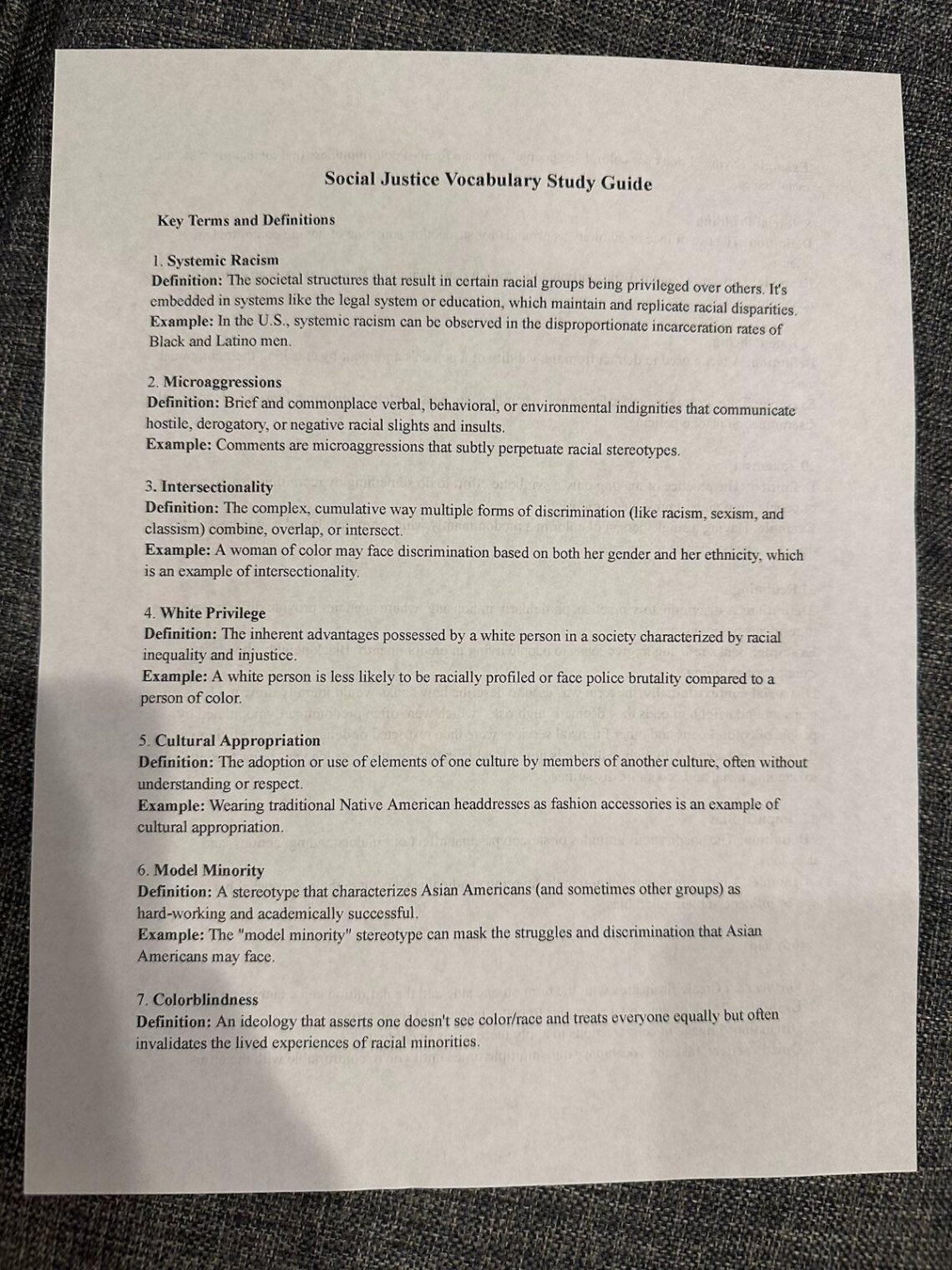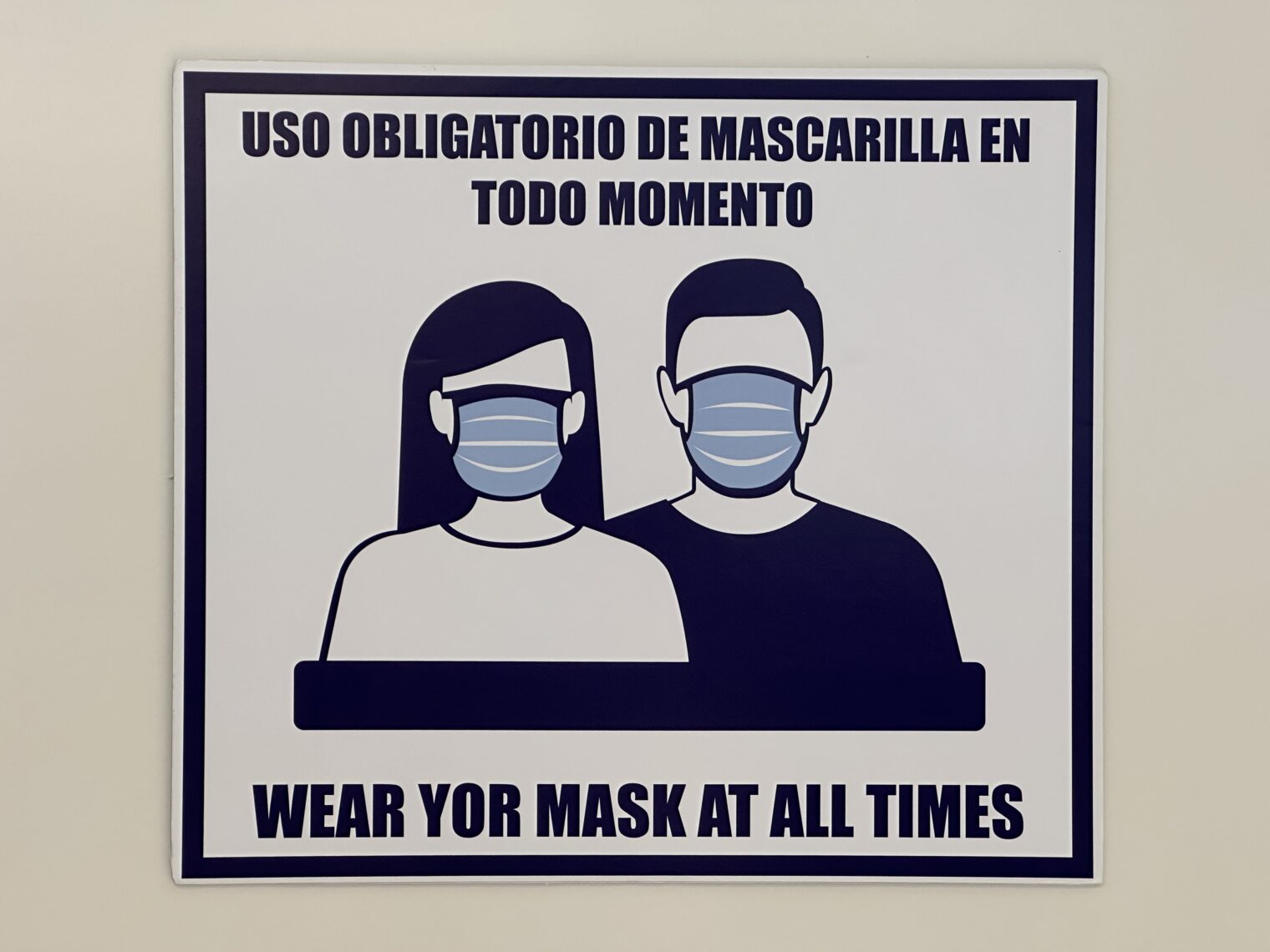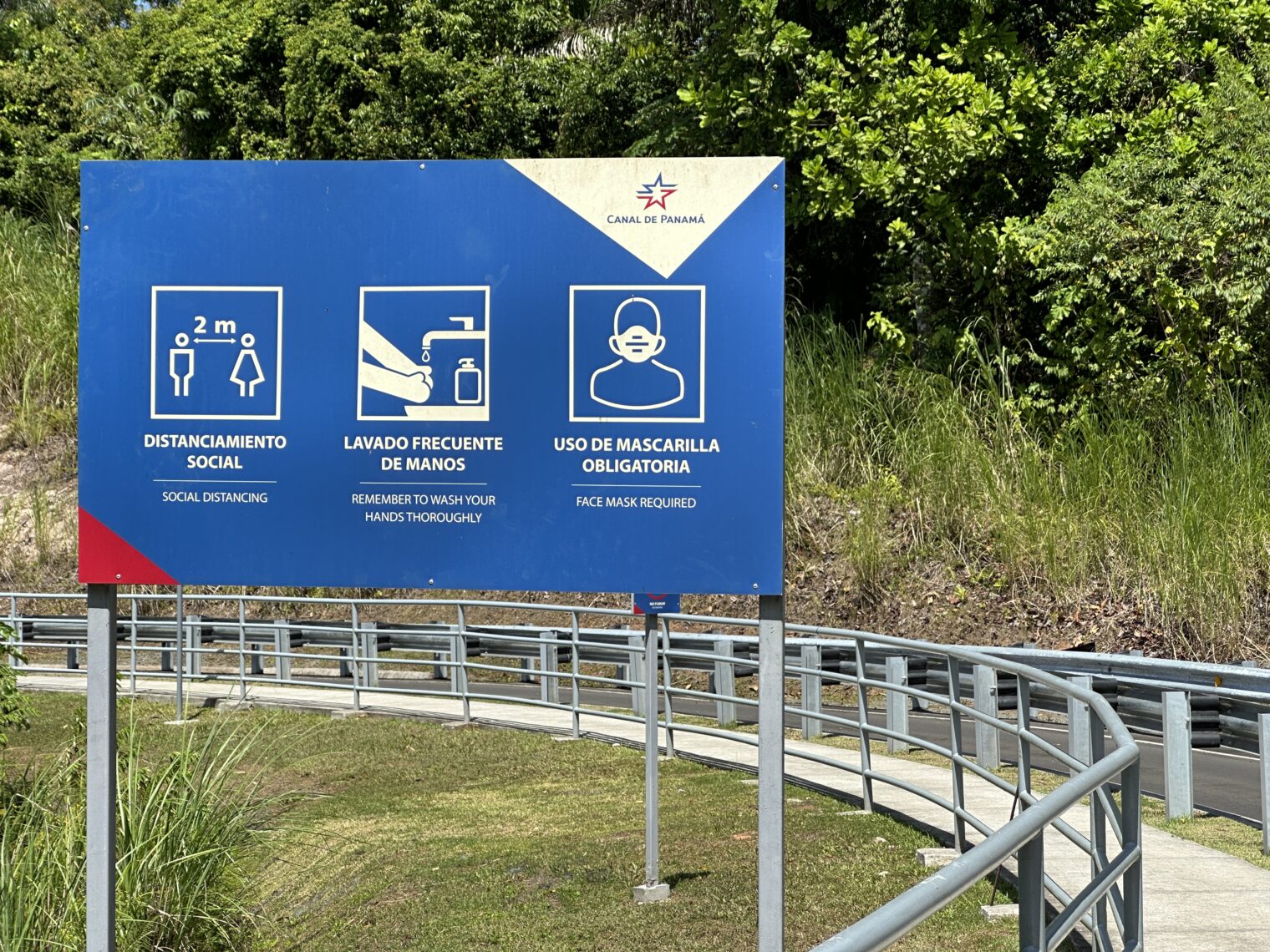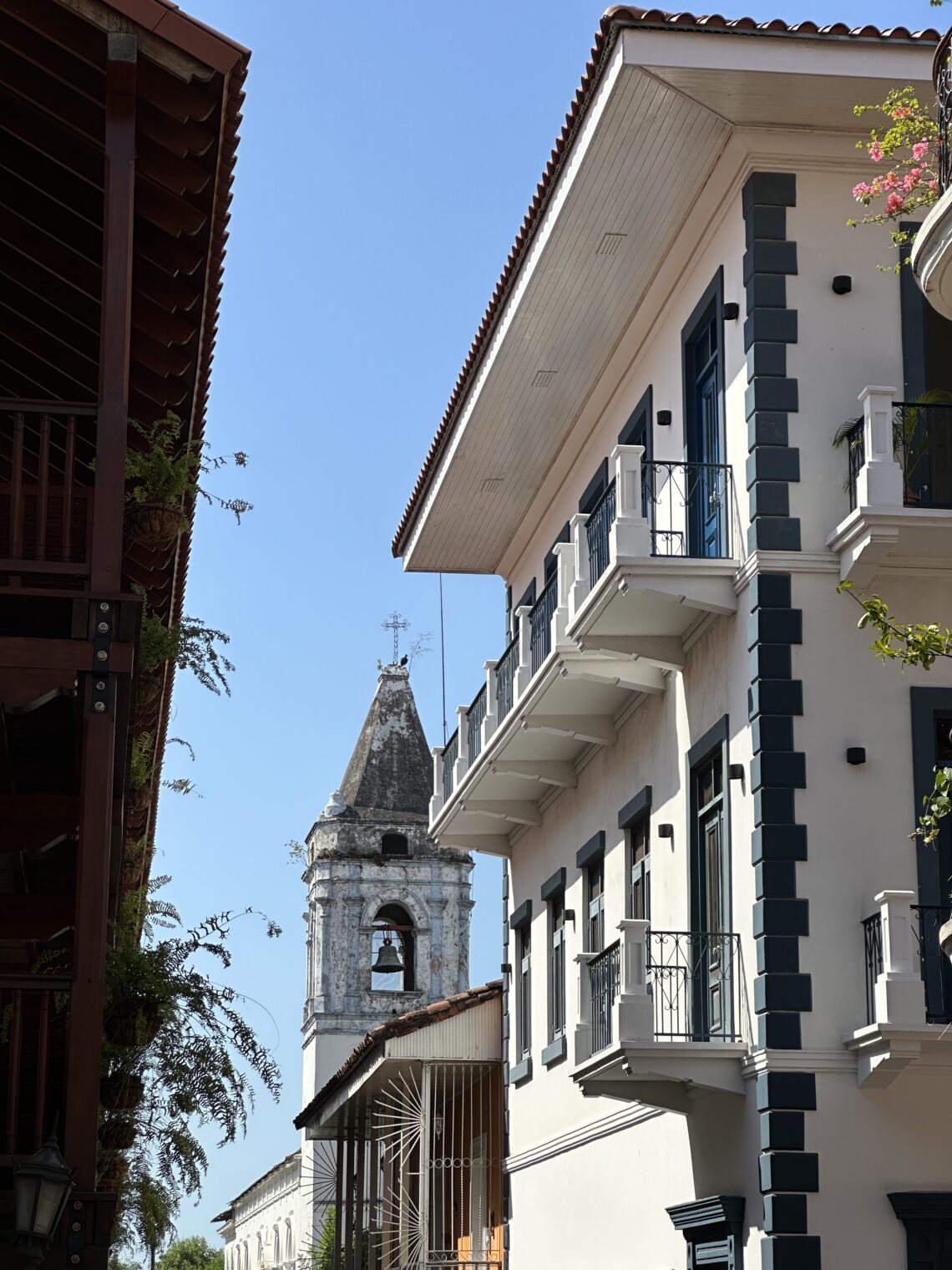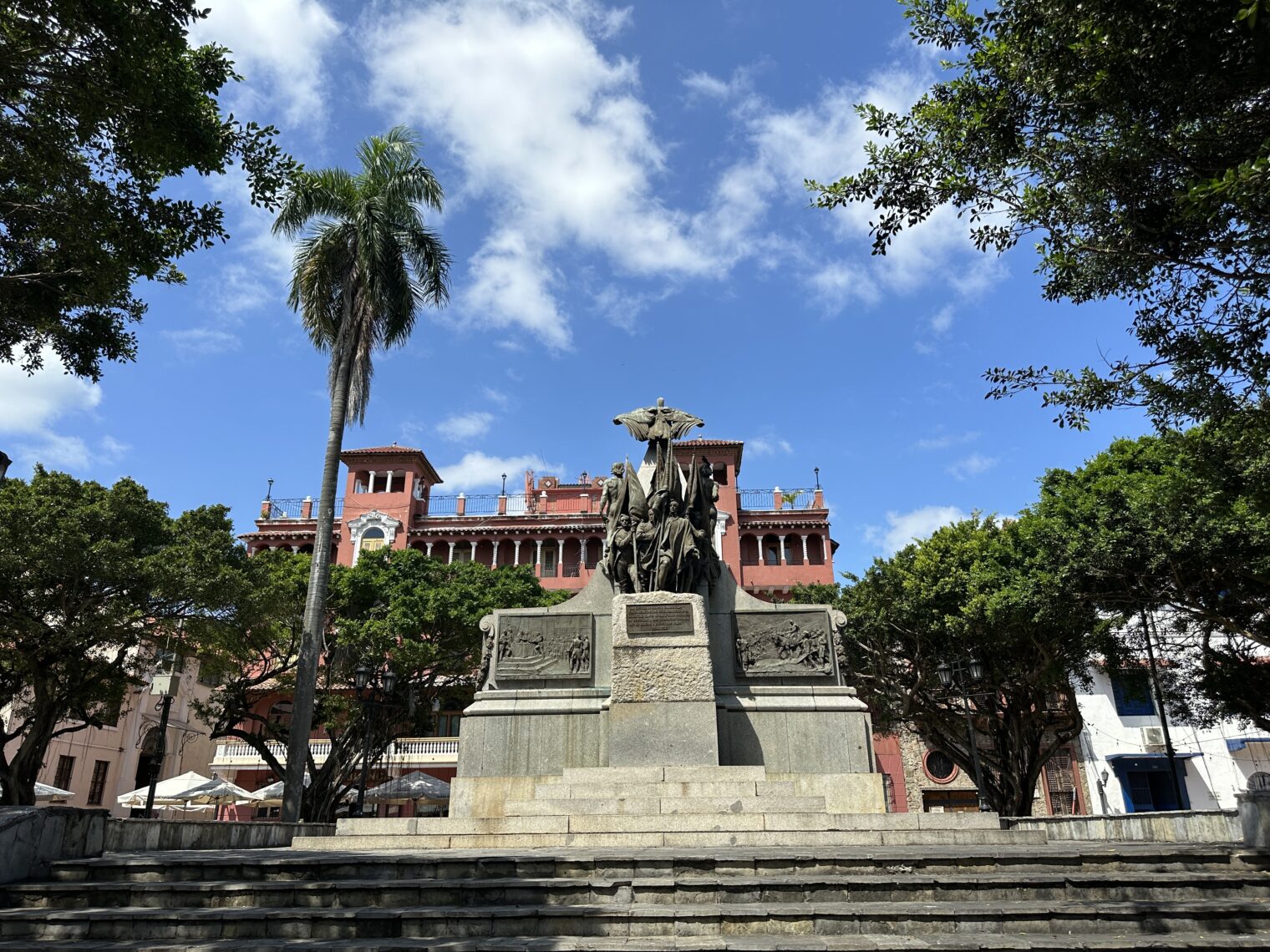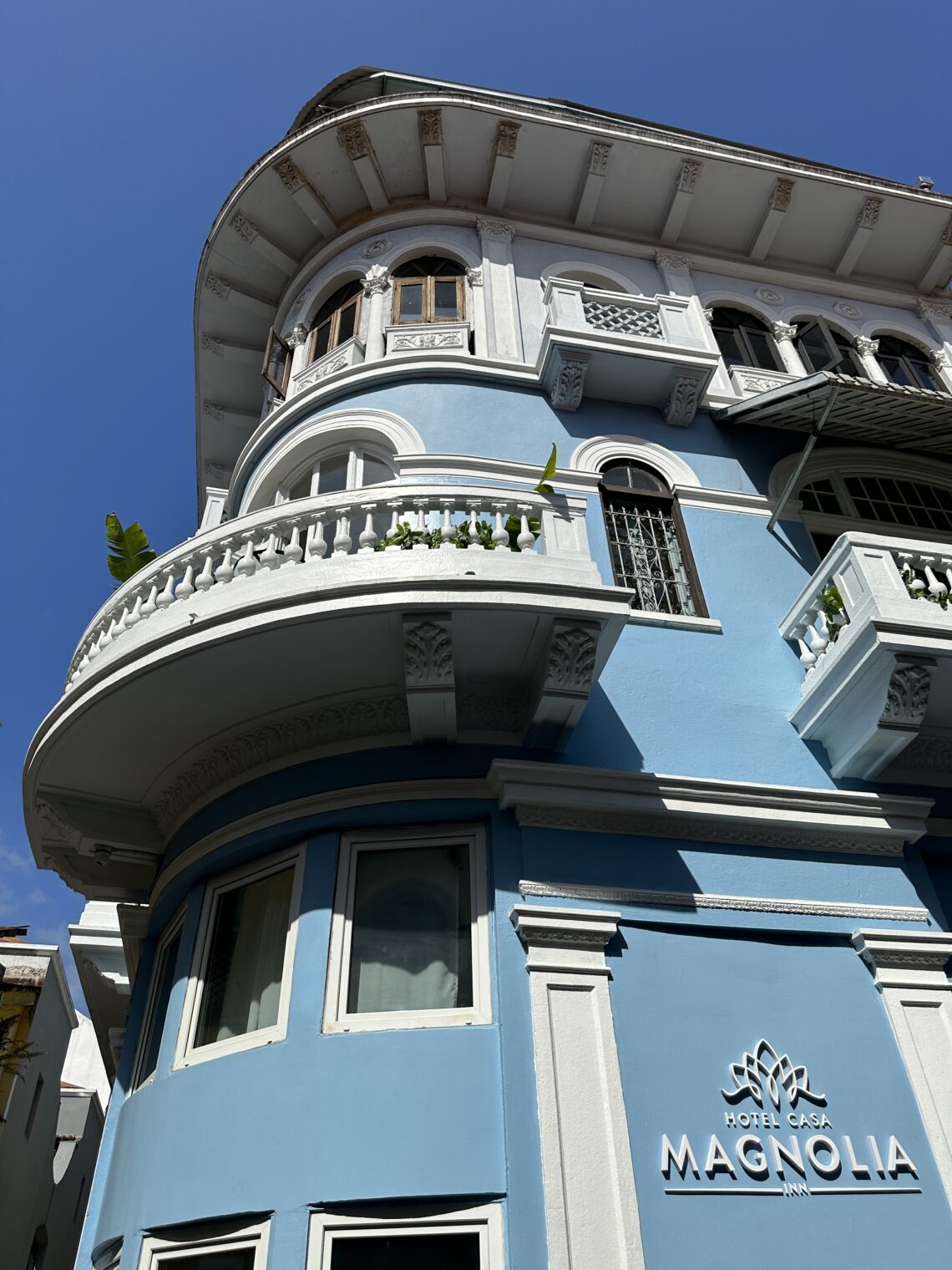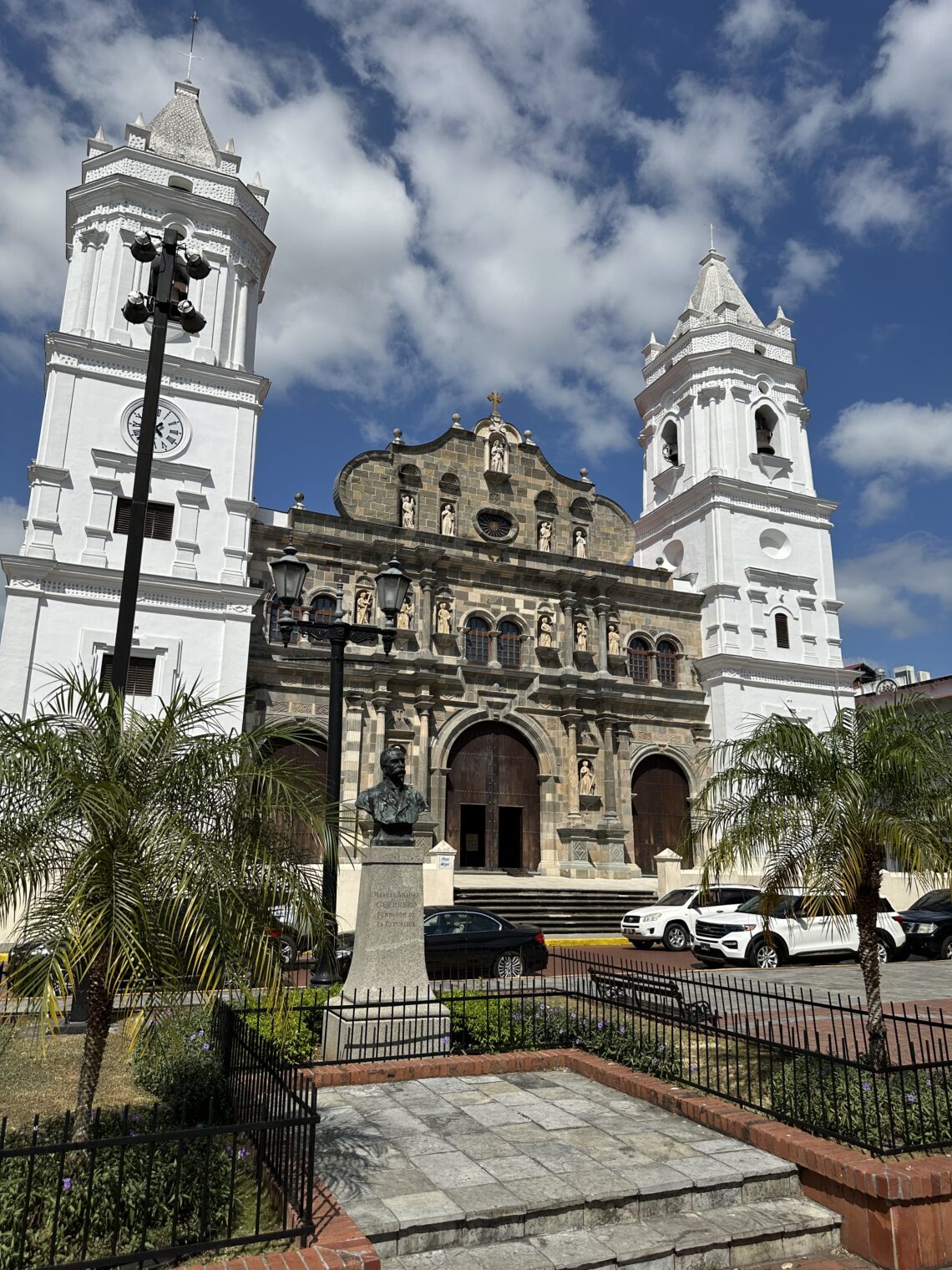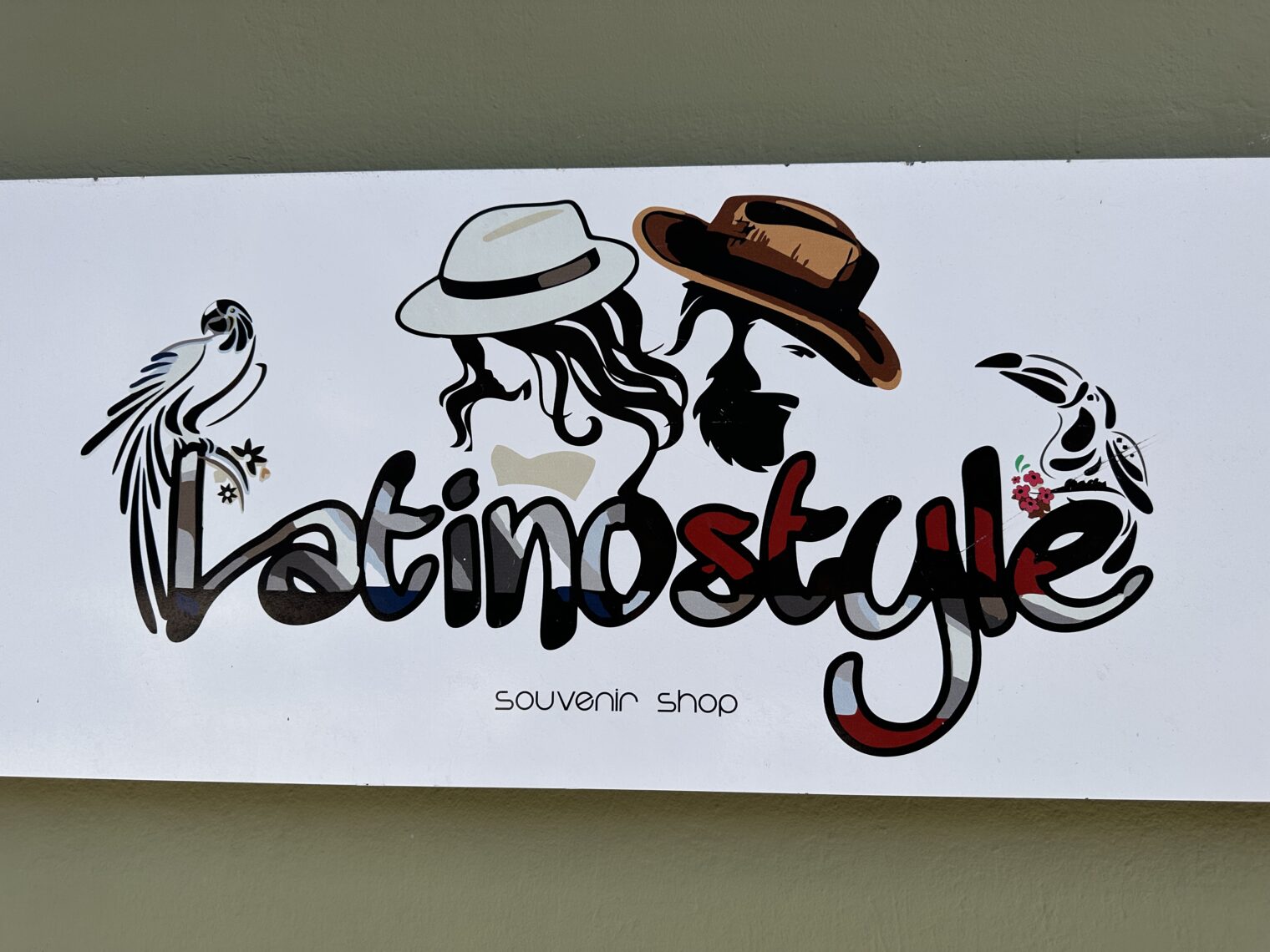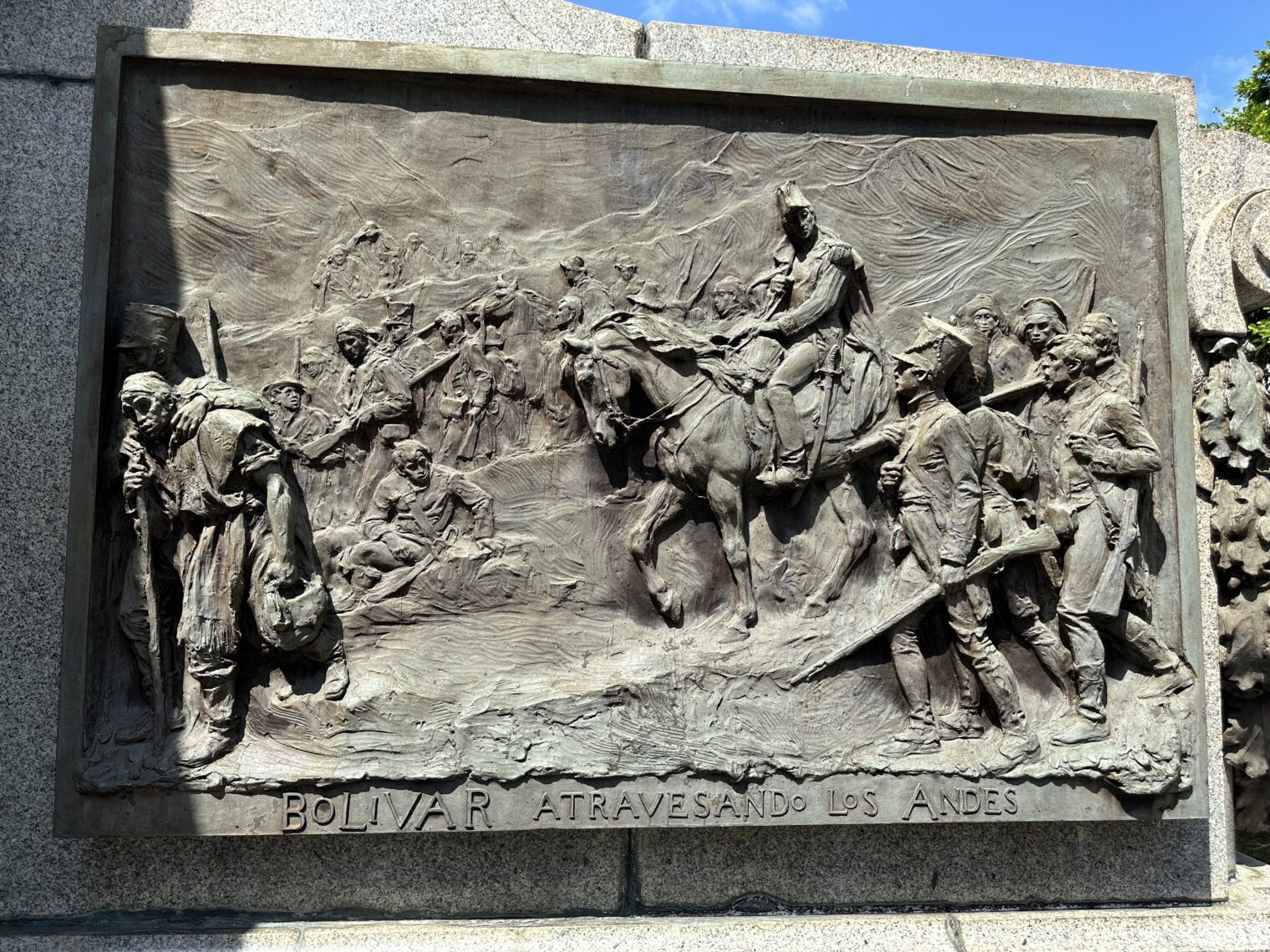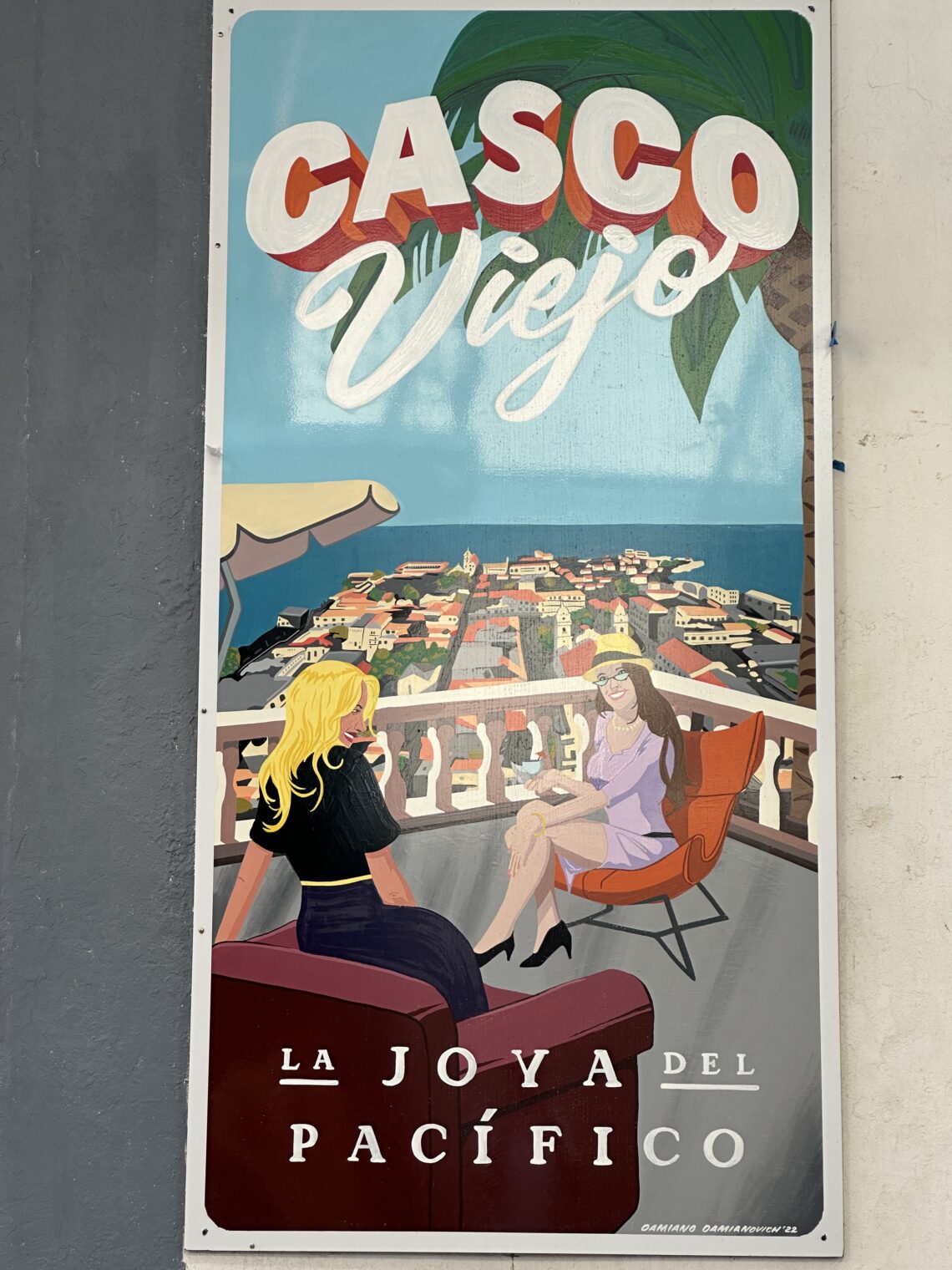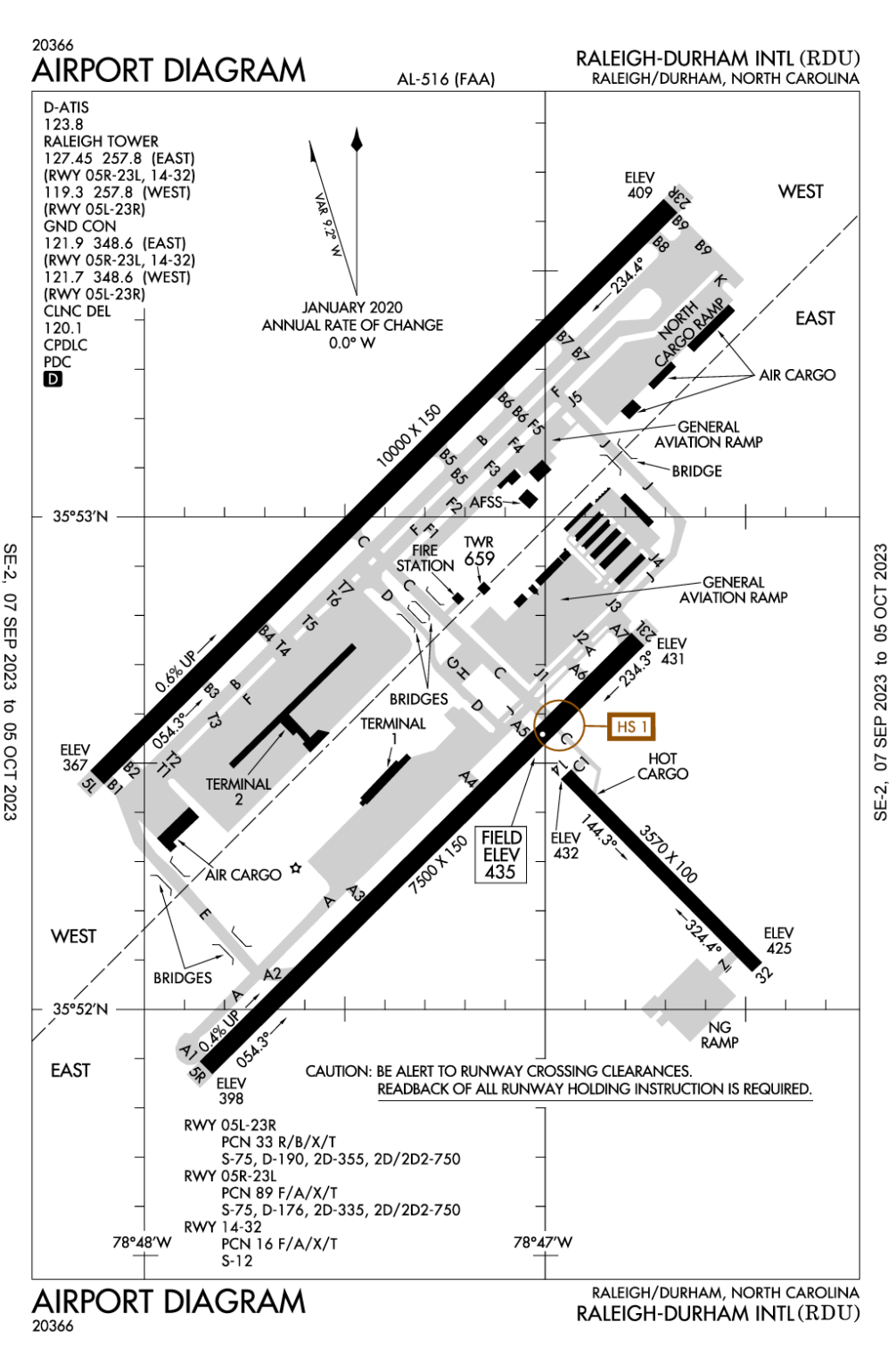I can’t bear to watch politicians, but I found a transcript of last night’s Republican debate.
A few sections…
HUME: Forty years after Reagan’s landslide reelection, the Republican Party faces critical questions: What does it mean to be a conservative?
VIVEK RAMASWAMY (R), PRESIDENTIAL CANDIDATE: We fight for the truth.
GOV. RON DESANTIS (R-FL), PRESIDENTIAL CANDIDATE: We are not going to worry about what the left and the media say about us.
Nobody else answered? Vivek’s answer seems crazy. Which truth is he fighting for? His truth? I can’t believe this guy is polling higher than my favorite, Nikki Haley. DeSantis’s answer is terrible in my opinion. Shouldn’t a conservative be able to exist without the “left” (whatever that might mean in America’s incoherent politics) and the media?
Should I be worried that I agree with Chris Christie?
During the Trump administration, they added $7 trillion, $7 trillion in national debt. And now, the Biden administration has put another $5 trillion on and counting. They have failed, and they’re in the spot they’re in now because none of them are willing to tell the truth; none of them are willing to take on the difficult issues. They just want to keep kicking the can down the road.
DeSantis basically says the same thing, but works in low-skill immigration, which drives up costs for everything that the working class might want to buy, e.g., housing, while feeding the elites:
DESANTIS: The people in Washington are shutting down the American dream with their reckless behavior. They borrowed, they printed, they spent and now you’re paying more for everything. They are the reason for that. They have shut down our national sovereignty by allowing our border to be wide open.
Now, I can tell you this as governor of Florida, we cut taxes; we ran surpluses; we’ve paid down over 25 percent of our state debt. And I vetoed wasteful spending when it came to my desk. And as your president, when they send me a bloating spending bill that’s going to cause your prices to go up, I’m going to take out this veto pen and I’m going to send it right back to them.
I rate this last statement “partly false” because the U.S. president doesn’t have a line-item veto as most state governors do. I guess a hypothetical President DeSantis could have vetoed coronapanic spending and massive spending programs authorized by individual bills, such as the “Inflation Reduction Act”.
More from Vivek:
Look, I have a different view on this. I think Trump was an excellent president. But the America First agenda does not belong to one man. It does not belong to Donald Trump. It doesn’t belong to me. It belongs to you, the people of this country. … When we rallied behind the cry to make America great again, we did not just hunger for a single man. We hungered for the unapologetic pursuit of excellence.
He raises an interesting question: What are Republican voters voting for? “Pursuit of excellence” doesn’t seem right. Given the chance to sit on the couch and collect money from others who work, most Americans grab the deal with both hands. (My favorite recent example: police officers in a San Francisco exurb who got paid about $300,000 each while sitting at home suspended due to being investigated for criminal activity. One moved to Hawaii! (Mercury News). None of them chose to pursue any kind of productive employment or education during their suspension.)
Readers who watched this live or on video: What struck you as interesting? Does this format make sense? It didn’t seem as though any of the candidates had enough time to utter a coherent policy point of view.
Maybe the November 30 debate between DeSantis and Gavin Newsom will be more interesting:
If Biden on the union picket line is the senile version of AOC, maybe Gavin Newsom is fairly characterized as the young edition of Bernie Sanders, i.e., someone who can articulate a vision of vastly expanded government presiding over a miscellaneous collection of humans that has been vastly expanded via immigration.
Full post, including comments




